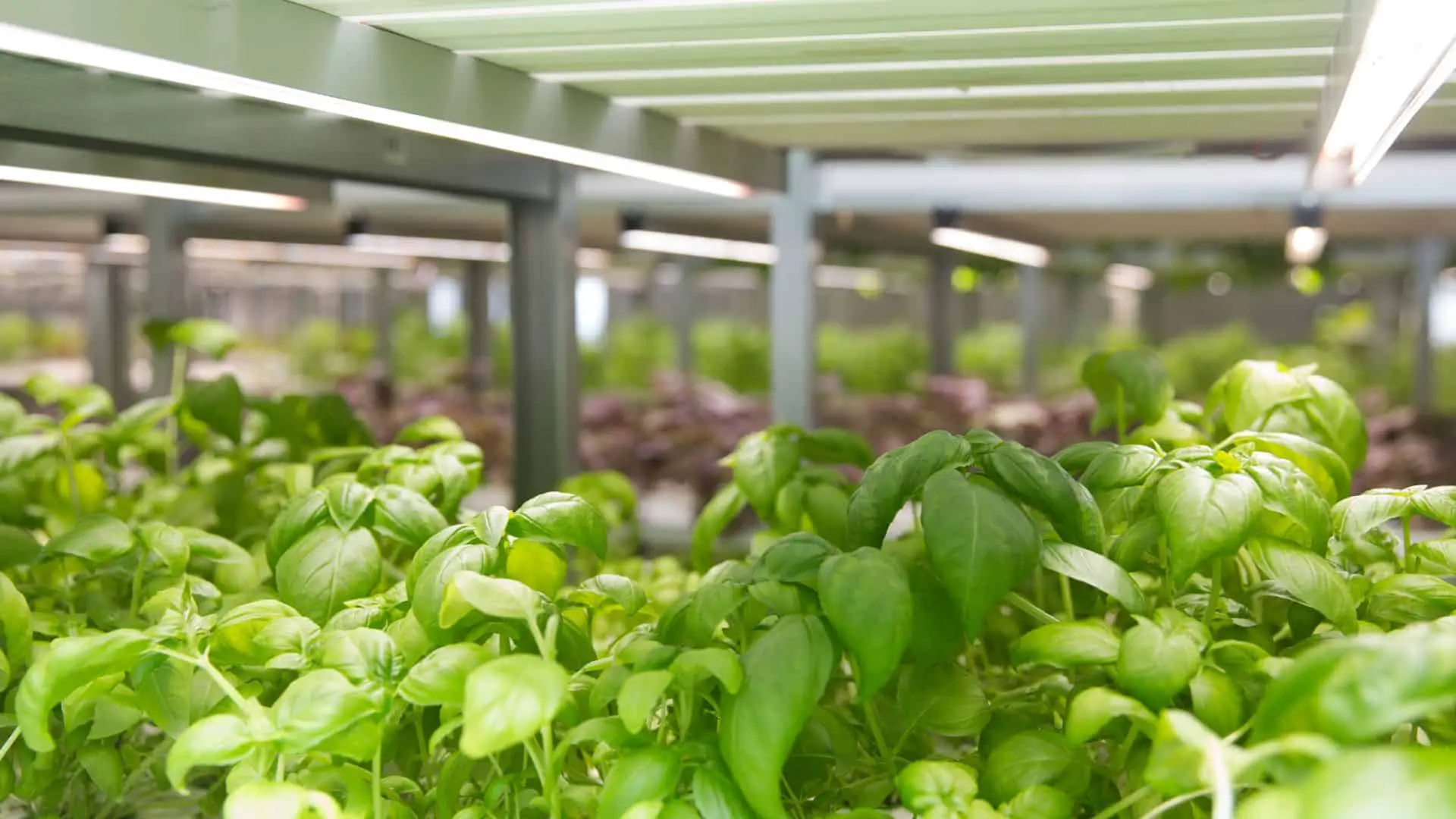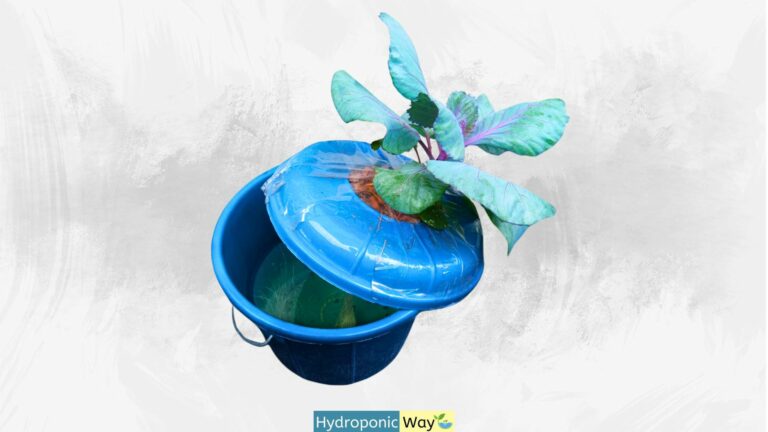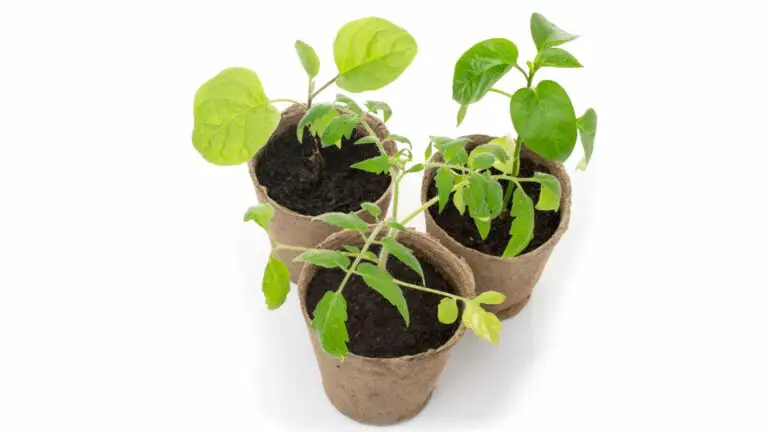Panoponica vs Hydroponic Technology
As the world turns towards more sustainable and efficient ways of farming, hydroponic technology has been at the forefront for years. However, a new player, Panoponica Technology, is emerging, offering an innovative twist on traditional hydroponic systems. In this blog post, we’ll delve into how Panoponica differs from standard hydroponic technology, explore their similarities, and weigh their pros and cons. This comparison will help us understand where each technology fits best in the modern agricultural landscape.
What is Hydroponic Technology?
Hydroponic technology is a method of growing plants without soil, using mineral nutrient solutions in an aqueous solvent. This technique delivers water and nutrients directly to the plant roots, allowing for more efficient growth than traditional soil-based farming.
What is Panoponica Technology?
Panoponica technology is an advanced form of hydroponics. It enhances the basic hydroponic principles with additional features like multi-level growing systems, sophisticated climate control, and precise nutrient management. This integration leads to higher yields and greater efficiency.
How Does Panoponica Differ from Traditional Hydroponics?
Multi-Level Farming
While traditional hydroponics typically involves single-level growing systems, Panoponica utilizes a multi-tiered approach. This structure maximizes space efficiency, making it ideal for urban farming and areas with limited land availability.
Enhanced Environmental Control
Panoponica systems offer advanced control over environmental factors such as temperature, humidity, and light. This level of control is more sophisticated than what is typically found in standard hydroponic setups.
Nutrient Management
Both systems deliver nutrients directly to plant roots. Still, Panoponica technology often incorporates more advanced nutrient delivery and recycling methods, optimizing plant growth and reducing waste.
What are the Similarities Between Panoponica and Hydroponic Technologies?
Soil-less Cultivation
Both technologies operate without soil, relying on nutrient-rich solutions to support plant growth.
Water Efficiency
Both systems are more water-efficient than traditional agriculture, as they recycle water within the system.
Controlled Environment Agriculture
Panoponica and hydroponics are forms of controlled environment agriculture, allowing for year-round cultivation regardless of external weather conditions.
Pros and Cons of Hydroponic and Panoponica Technologies
Hydroponics
Pros:
- Water-efficient.
- Suitable for a variety of crops.
- It can be set up in diverse environments.
Cons:
- Limited by single-level growth systems.
- Less control over micro-environmental factors.
Panoponica
Pros:
- Highly space-efficient due to multi-level farming.
- Superior control over growing conditions.
- Potentially higher yields per square meter.
Cons:
- This may involve higher initial setup costs.
- More complex to operate and maintain.
Where Should Each Technology Be Applied?
Hydroponic Technology
Best suited for small to medium-scale farming projects, urban gardens, and educational environments where simplicity and cost-effectiveness are priorities.
Panoponica Technology
Ideal for large-scale commercial farming, especially in urban areas or places with limited land. Its advanced features make it suitable for regions with harsh climates or where maximizing yield per square foot is crucial.
What is the cost difference between Hydroponic and Panoponica Technologies?
The cost of both technologies varies depending on the scale and complexity of the setup.
Hydroponics is generally cheaper to get started but may require more frequent maintenance costs. In contrast, the upfront cost of Panoponica technology is typically higher but requires fewer maintenance costs in the long term.
Ultimately, both technologies can be used to achieve successful and sustainable farming results depending on the specific resources available.
Conclusion: Choosing the Right Technology for Sustainable Agriculture
In conclusion, while hydroponic technology offers a solid foundation for soil-less farming, Panoponica technology builds upon this foundation, offering enhanced efficiency and control. The choice between the two should be based on specific needs, such as scale, budget, and desired level of environmental control. As we continue to innovate in agricultural technologies, understanding these differences becomes crucial in selecting the right approach for sustainable and efficient food production.
Thank you for reading!



